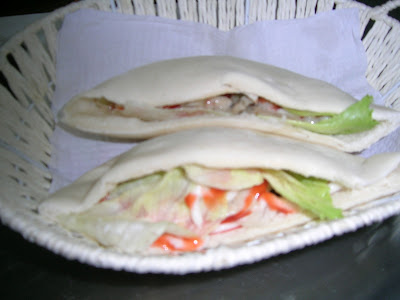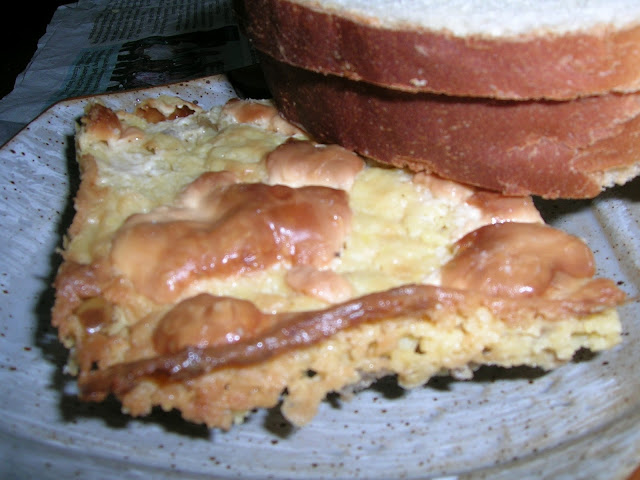The Chef
 |
pucuk ubi masak lemak
|
 | |||||
| kerabu pucuk paku |
 |
| Cekok Manis Masak Lemak |
 |
Sup sayur cekup manis dan ubi keledek |
Cekok Manis, scientifically known as Sauropus androgynus (pronounced SAW row-puss an-DROG-ah-nus), is also referred to by different peoples by many names, star gooseberry, sweet leaf. A shrub grown in some tropical regions as a leafy vegetable, the Chinese call it mani cai ; in Malay it is called cekur manis, sayur manis or asin-asin. The Thais call pak waan; to Vietnamese it is rau ngót. In Kerala it is called Malay Cheera.
Nutritional value:
One of the most popular leaf vegetables in South Asia and Southeast Asia it is notable for high yields and palatability In Vietnam, the locals cook it with crab meat or dried shrimp to make soup. In Malaysia, it is commonly stir-fried with egg or dried anchovies. In Indonesia, the leaves of the plant called Ketuk are used to make infusion, believed to improve the flow of breast milk for breastfeeding mothers
Cekok Manis's nutritional content is outstanding: 49% protein, 18% fiber, vitamins A, B & C, potassium 2.77% (dried banana half that at 1.48%); calcium 2.77% (dried skim milk is less than half that at 1.3%); phosphorus .61% (dried soybeans are at .55%); magnesium .55%; and enough iron for your daily need.
This is how it looks like in the bushes.
Medicinal Properties
It is a rich source of chlorophyll which is a
valuable blood building element, cell rejuvenator, and beneficial to the
circulation, intestinal flora, and for regular bowel elimination.
 |
| nangka masak lemak cili api |
 |
| batang keladi masak cili api |
 |
| tempe goreng berlada |
Dessert


































